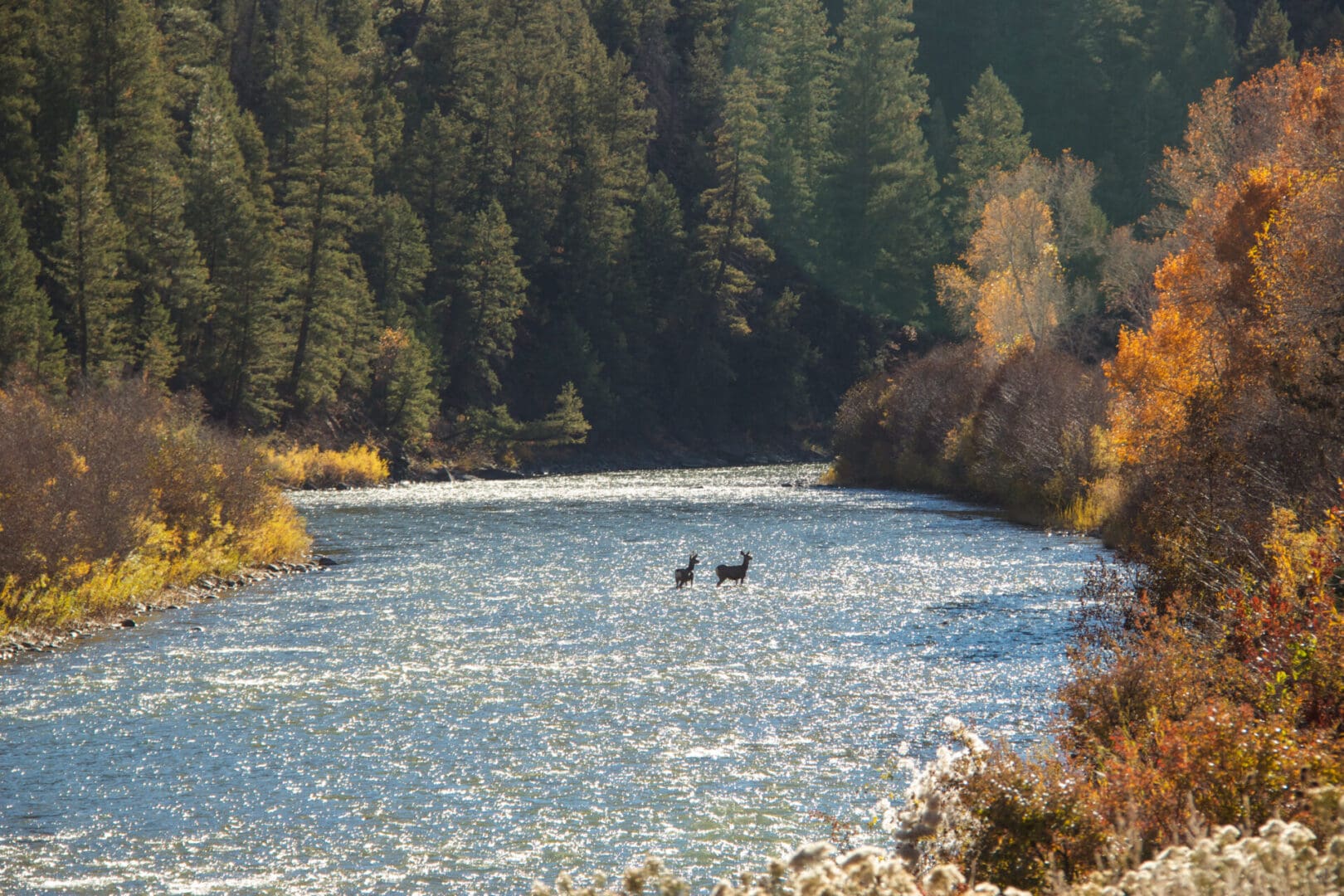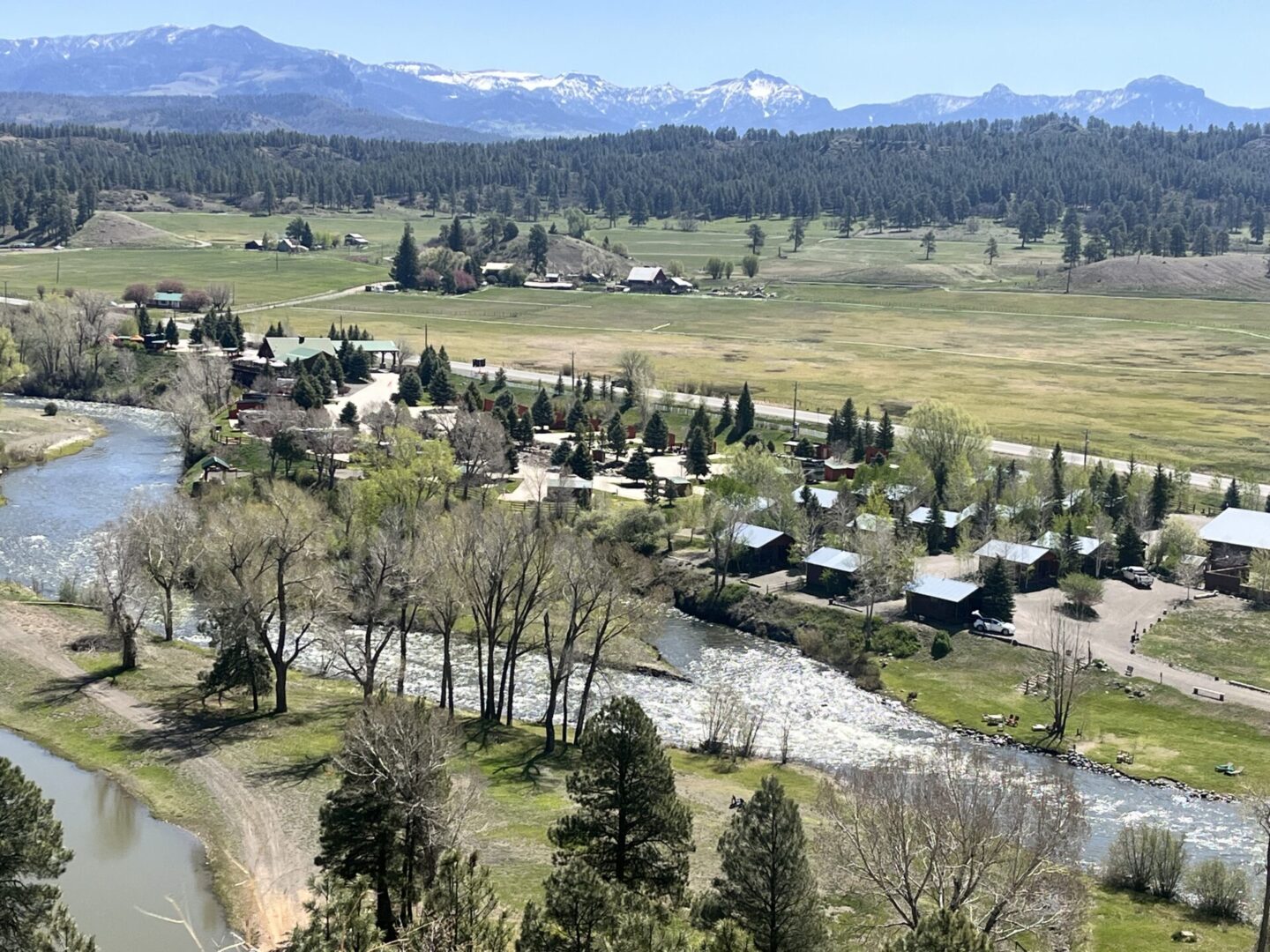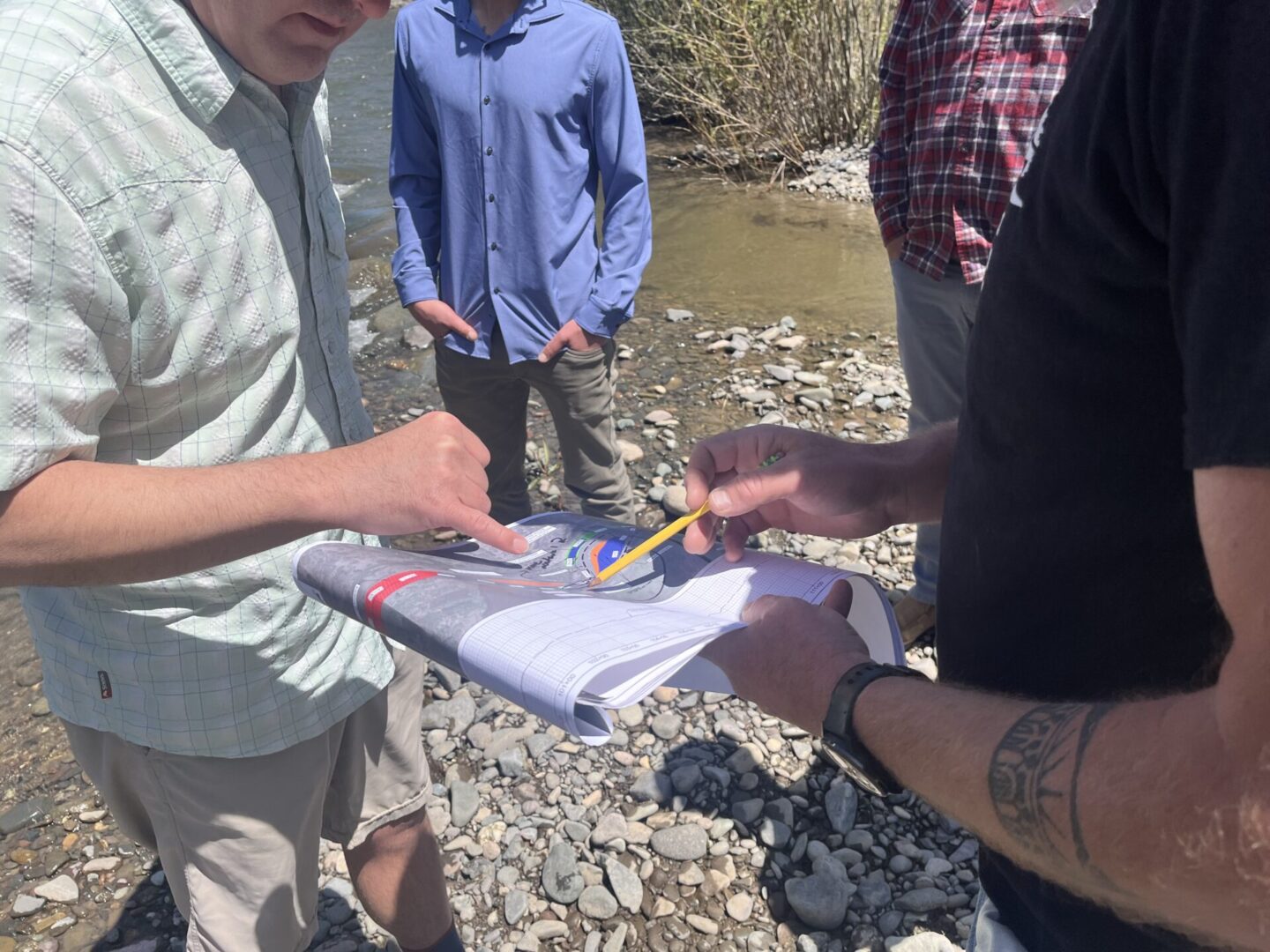
Phase I (Completed, 2018-2020)
In Phase I, the Mountain Studies Institute (MSI), Western Wildscapes (WW), and Trout Unlimited (TU) collaborated to accomplish the following objectives, with MSI serving as the fiscal sponsor and project manager:
- Mobilize a local stakeholder group, organized by a steering committee of diverse water users, with the structure, capacity, and collective interest in pursuing a coordinated watershed plan.
- Review existing data and information to build on local efforts and findings.
- Develop a work plan for watershed assessments and project planning.
.
Phase II (May 2020 - May 2021)
In Phase II, MSI, WW, and TU will continue coordination and stakeholder engagement. The Watershed Enhancement Program (WEP) will also partner with the San Juan Conservation District (SJCD) and Lotic Hydrological (Lotic). SJCD will conduct the agricultural water needs analysis, and Lotic will provide technical analysis and modeling to produce a watershed assessment. The primary objectives for Phase II include:
- Develop technical information necessary to identify needs for environmental and recreation water supplies and agricultural irrigation structures.
- Identify opportunities for cooperative projects to address the multiple water needs of the project area.
- Involve and engage the established steering committee and stakeholders throughout the process.
.


Phase III (June 2021 - 2022)
Based on community input and scientific analysis, identify projects and processes to develop an integrated water management plan for multiple water uses in the Upper San Juan River Basin. Then WEP will use this plan to begin collaborative projects, leverage funding, and explore the implementation of identified opportunities.
The WEP working group convened community members, guided and informed a watershed assessment, and then worked with the community to interpret the findings and identify coordinated opportunities to benefit agricultural, environmental, municipal, and recreation water users, as outlined in an Integrated Water Management Plan. This process was conducted in above three phases.
